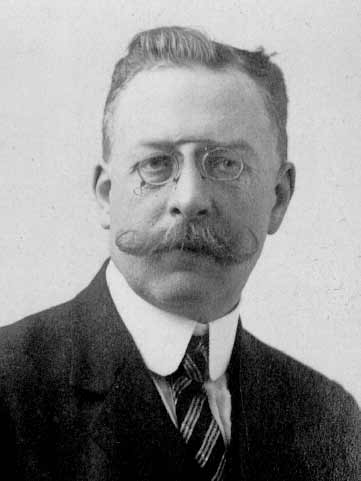We now offer you taste control!
27 September 2016
Introduction
Yes, this is another Tuesday Techtalk. About taste this time. And how iStill helps you gain taste while distilling.
Is that possible? Creating taste, rather than "just" harvesting tastes, while distilling? Yes it is, if you choose direct heating. Direct heating triggers the Maillard Reaction. A taste cascade that will intensify the taste of your taste-rich drinks.
We now offer a way to MANAGE the Maillard Reaction. That's a big deal. Let's dive in and elaborate.
What got my thinking going
When I compared direct fired iStills with the indirectly fired units we once made, I found out that direct fire creates more taste. A browning reaction takes place in the boiler, comparable to what happens when you BBQ a steak (rather than frying it) or bake potatoes (instead of cooking them). Direct fired stills create temperature differences in the boiler that trigger the Maillard Reaction.
The Maillard Reaction
The Maillard Reaction is a taste cascade, triggered by temperature differences in the boiler. That's why only directly fired stills create the Maillard Reaction. As a result taste is developed, while distilling. Your drink gets more taste, your stillage becomes darker in color. Using this to our advantage, it can help create 20% more taste, and that's a huge benefit. It is one of the reasons why all of our stills are directly fired. It's more efficient and gives you better tasting product. Whiskey, brandy, rum and also gin (with the botanicals in the boiler!) benefit from direct fire and Maillard.
iStills can now manage the Maillard Reaction!
In non-agitated, directly fired stills the Maillard Reaction is there. The direct heating creates around 2 degrees Centigrade differences. More than enough to start Maillardization. That's on distilling a rather clear beer or wine or molasses wash, or on doing a finishing run on low wines.
How we help you to get 40% more taste
Because of iStill's Jet Propulsion Agitator System (JPAS), you can use our units to distill with grains present. Grains or other organic particles, like berries or herb or fruit skins.
More organics potentially translate to more Maillardization. In a thicker wash, you get temperature differences of around 4 degrees Celsius maximum. If you maximize agitation, you will see the temperature difference dwindle to 0 degrees C, minimizing Maillardization.If you set the agitator to lower revs, the heaters get a little less cooling, particle distribution inside the boiler will be less than perfect, and you can now create more taste. Go for a 3 degree C temperature difference maximum, and you'll get up to 30% more taste. If you like where this is going, try the next run at maybe 3.5 to 4 degrees temperature difference for even more taste formation. Please be advised that 4 degrees C is the maximum temperature difference I want you to play with.
Mr. Maillard ...

www.iStill.eu
Reactions
Add your comment
All reactions ()
Loading comments..